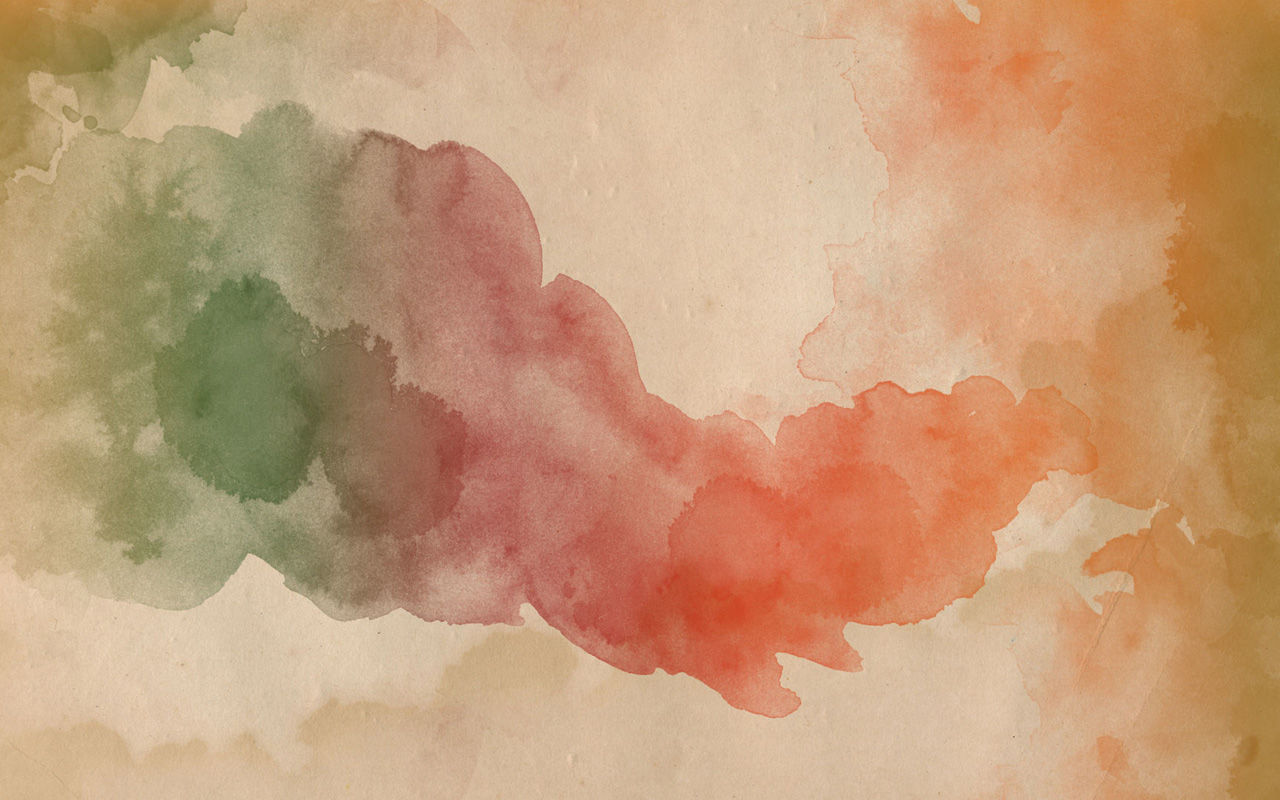
Lion Dance
~ Ethan Ku, Ivan Yeh, Jeremy Lien, Kelsie Thomsen, T.Y. Cheng ~
Lion Dance is a popular Chinese folk activity. In Chinese, it's called 舞獅 (wu3 shi1)

History
Lion dancing originated in China during the Tang dynasty (618-906 AD). There are a number of myths about the origin of Lion Dance. The most common/popular version is that once upon a time, there was a devil named, "Nian" that came to hurt the villagers during Chinese New Year. A lion wounded the creature and the creature ran away, but it comes back every year for revenge. Since then, every Chinese New Year, villagers mimic the mighty lion to scare away the creature. And so, the tradition of the Lion Dance during Chinese New Year is passed down. Lion Dance became a symbol of good luck, joy, and happiness. It is believed that lion dancing brings luck for the coming year and chases away the devil and evil spirits.
Today, lion dancing is still the most important opening ceremony for Chinese events and businesses. It is also a necessary ritual for businesses during the time of the Chinese New Year. The lion dancing brings good luck in the upcoming year. Lion dance teams in China are usually kung fu groups. Lion dance is closely tied to martial arts which is where they get many of their moves from.
Lion dancing requires the dancers to have strength, since the lion head is heavy and the tail dancer is in a bent over squat. Lion dances can be lengthy, requiring the dancers to possess excellent stamina. Another trait lion dancers possess is balance. In many lion dance performances, the lions will either balance on balls, or jump from one post to another. There are 2 main types of lion dance, Northern and Southern lion dance. Northern lion dances are more commonly found balancing on balls whereas Southern lion dances are more commonly found doing tricks on poles. Their lions even look different. Both types of lion dances can be found during Chinese New Year celebrations and parades as they are one of the biggest events of Chinese New Year.
During the Lion Dance show, the dancing lion eats lettuce as part of the dance routine. This lettuce often contains money and lucky phrases inside it for good luck.
"Nian"

Northern

Southern

Eating lucky lettuce

How Lion Dance Works (Elements of Lion Dance)


Lion Dance Roles
There is 1 drummer. The drummer is the leader of the group. the lion(s), gongs, and cymbals all follow the drum beats.
There are 2 dancers per lion, the head and tail. The lion head is constructed of bamboo, wire, and brightly colored paper. Within the head are bamboo levers and pull-strings that allow the dancer who carries the lion head to move the lion's mouth, eyes, and ears. A long bright and colorful cloth forms the body and tail of the lion. The lion head is held high above the dancer and the tail dancer is bent over, wagging the tail. The dancer's jobs in the lion are to imitate a lion's expression and habits to make the lion appear real. The footwork used by the dancers' incorporates all of the various Kung-Fu stances and kicks.
There are cymbal and gong players. Dancers switch in and out of the lion(s) during the performance, very smoothly going from the lion to playing cymbals/gongs while they are resting and then back to the lion.
When doing stunts, like balancing on balls or dancing on posts, there are catchers ready to catch the dancers in the lion if they fall.
A Typical Lion Dance Performance

Usually the lion dance performance starts off with a wake up scene. The lions wake up and lick each other off. Then they bow. All lion dance performances begin and end with a greeting/good luck ceremony of bowing, typically with a set of three bows (left, right, and middle). After bowing, there is a dance scene. These dance scenes are in between each scene. Some have shift swaps in them were the dancers in the lions and dancers doing the cymbal/gongs switch spots. Then there is a fight scene where the two lions fight over something, usually a bottle of wine. One lion gets defeated while the other gets drunk and falls over. Then monks come over to wake the lions up with their fans into another dance scene with the monks leading the lions around. Finally there is a lift scene, where the tail dancers lift the head dancers on their shoulders with scrolls of blessings in the lions' mouth. The performance finishes with another good luck ceremony of bowing.
While this is going on, of course, the drummer, cymbals, and gongs are creating beats for the lions to dance too. No lion dance is complete without lion dance drums, cymbals, gongs, and music!
Lion Characters
There are different types of lions that represent a variety of attitudes and that fit specific lion dancing ceremonies. General Kwan Kung, a famous Chinese historical character, is portrayed by a red-faced, black-bearded lion, which represents

Kwan Kung's courage. A yellow lion represents Kwan Kung's older brother, General Liu Pi, which depicts his bravery and kindness. The black-faced, black-bearded fighting lion signifies the fearlessness, youth, good luck, and playfulness of Kwan Kung's younger brother, General Chang Fei. The black lion's opposite is a flower-faced lion with a white beard which represents maturity, wisdom, seniority, calm, and peace.



Fun Facts
-
Lion Dance symbolizes power, wisdom, and superiority
-
Lion Dances can be improvised or choreographed
-
Lion Head and Tail positions are both equally important
